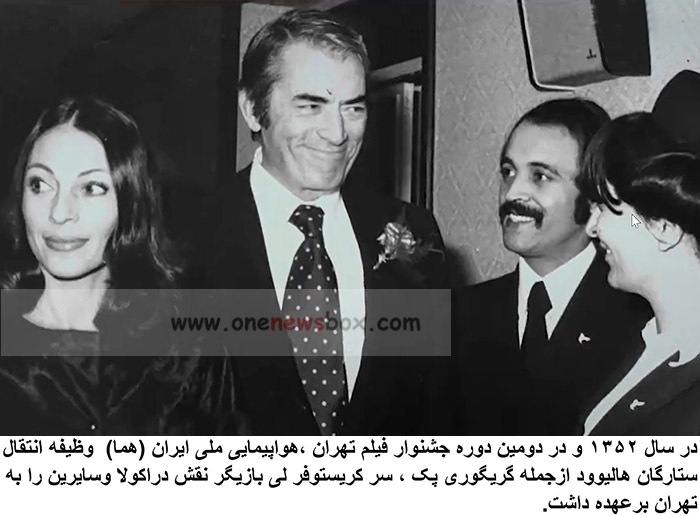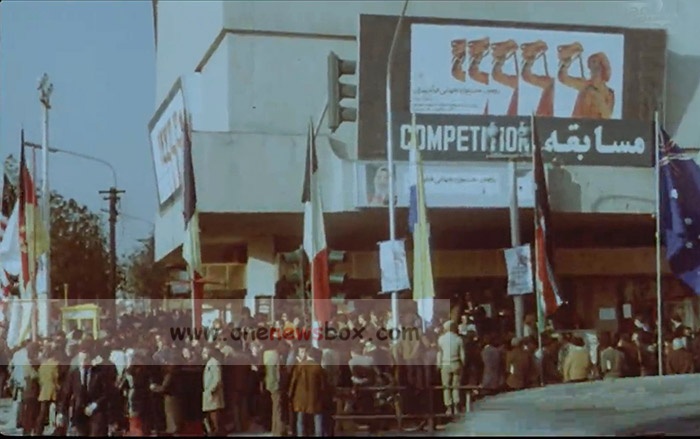If one were to trace the first visual representations in Persian history, the bas-reliefs in Persepolis (c.500 B. C) would be one of the earliest examples. Persepolis was the ritual center of the ancient kingdom of Achaemenids. As Honour and Fleming state, “the figures at Persepolis remain bound by the rules of grammar and syntax of visual language.” This style of visual representation reached its high peak about a thousand years later during the Sassanian reign. A bas-relief in Taq-e-Bostan depicts a complex hunting scene. Movements and actions are articulated in a sophisticated manner.
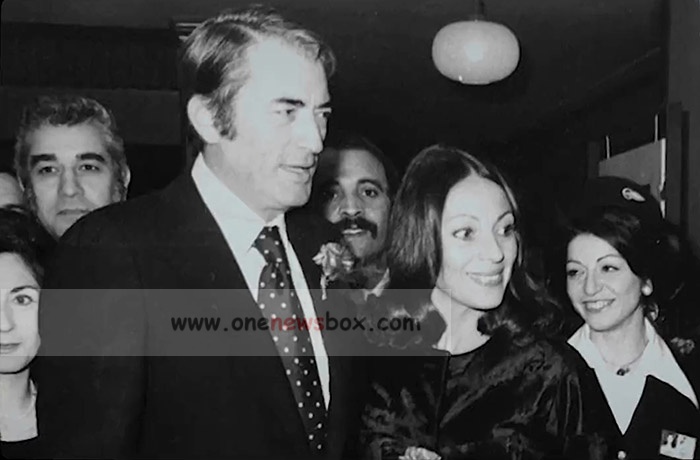
We can even see the progenitor of the cinema close-up: a wounded wild pig escaping from the hunting ground (Omid, p.19). After the Arab invasion and conversion from Zoroastrianism to Islam —a religion in which visual symbols were avoided — Persian art continued its visual practices. Persian miniatures are great examples of such attempts. The deliberate lack of perspective enabled the artist to have different plots and sub-plots within the same space of the picture.
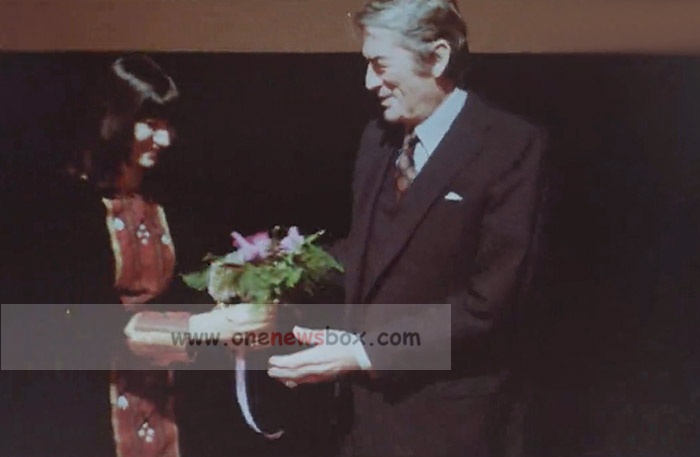
A very popular form of such art was Pardeh-Khani. Similar to the Benshi of silent Japanese cinema, a Pardeh-khan (narrator) would uncover the painting as the story progressed. Another type of art in the same category was Nagali. A Nagal (or storyteller) would do an entertaining performance usually in Ghahve-khanes (coffeehouses), which were the main forums for cultural interactions between people. As a performing artist, Nagal had to possess a good oratorical and singing voice as well as theatrical talent. Above all, the Nagal relied on his imagination a great deal, to improvise according to the audience’s feedback and add to the original tales that he was reciting.
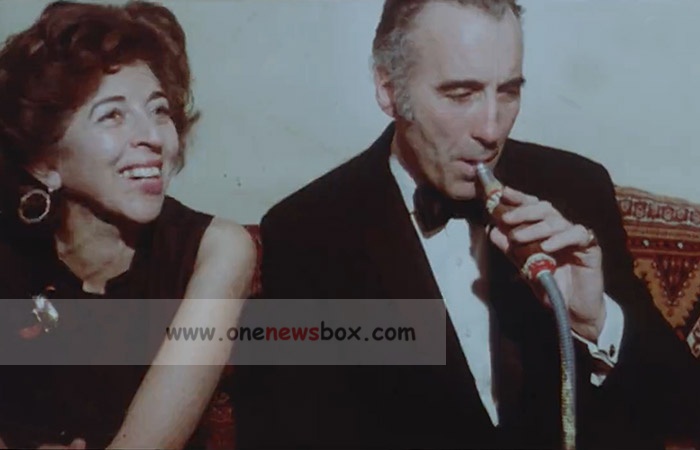
He would also acquire inspiration from the images and pictures fixed on the walls – pictures of religious leaders, sport heroes, epic characters – and appropriate them into his narrative. The dominant themes in Nagali were epics depicted from Shah name or the story of Alexander’s quest for the elixir of life.It is worth mentioning that there were many other dramatic performance arts that were popular before the advent of cinema in Homeland. Khaymeshab-bazi (puppet show), Saye-bazi (shadow plays), Rouhozi (comical acts), and Ta’zieh (a form of Persian passion play, presentation of tragic dramas based on the martyrdom of Hossein, an extremely important figure in Shi’asm) are just a few examples.
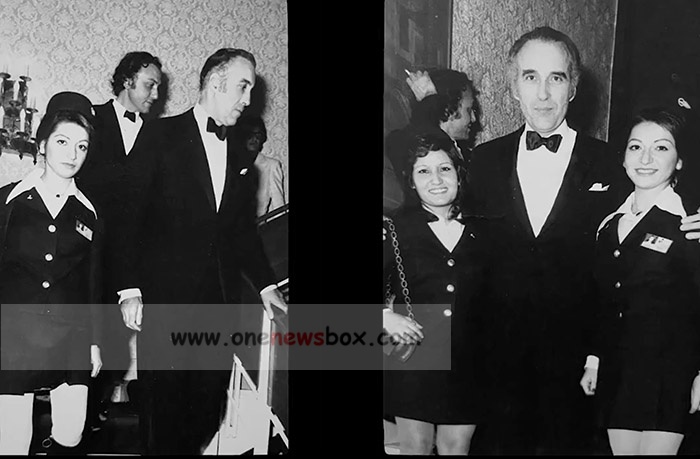
With respect to Persian perception of imagery, one should be aware of the long tradition in poetry. From Yashts (the ancient Persian Hymns) to post-Islamic Sufi poetry, as well as contemporary Iranian poetry, we can find numerous examples of this fine art of image making. The extravagant use of symbolism and juxtaposition of codes and symbols gives Persian poetry a unique visual sense.
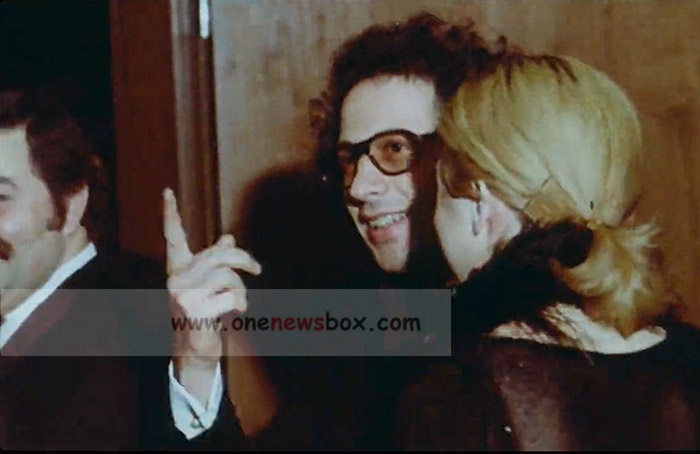
It was on August 18, 1900 that the first Persian photographer recorded images of life on celluloid. Mirza Ebrahim Khan Akkas Bashi was the official photographer of Mozaffar al-Din Shah’s court, who accompanied the monarch in his first visit to Europe. He was introduced to the “cinematographe” in France while they stayed in Paris in July of the same year to see the Exposition. On the same day of the Exposition, the Shah ordered Akkas Bashi to purchase all equipment necessary for recording and displaying the motion picture in his court.
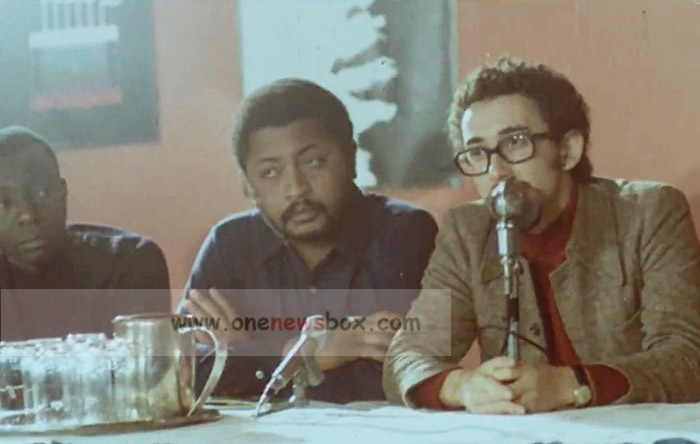
Akkas Bashi took his first images in Belgium while they attended the Festival of Flowers. These images are perhaps the first ethnographic footage taken in the history of Persian cinema, even though its main purpose was documenting the Shah’s visit to Europe.As we can see, film was brought to Iran by the King as a tool of entertainment for members of the monarchy and the royal court. After seeing the first film of his life, Mozaffar al-Din Shah writes in his travelogue diary:
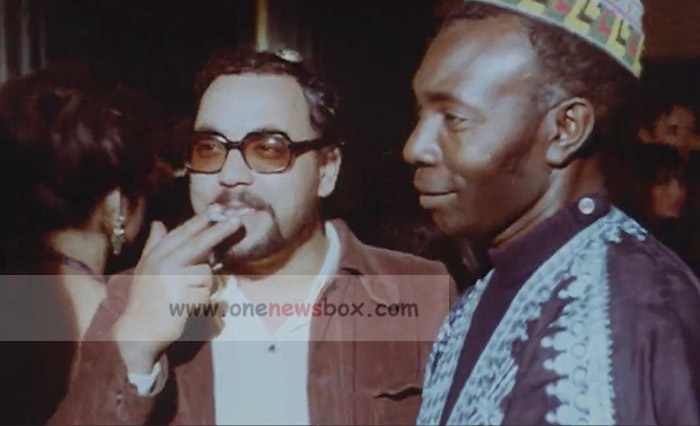
we went to the Exposition and the Festival Hall where they were showing cinematographe, which consists of still and motion pictures. Then we went to Illusion building ….In this Hall they were showing cinematographe. They erected a very large screen in the centre of the Hall, turned off all electric lights and projected the picture of cinematography on that large screen. It was very interesting to watch. Among the pictures were Africans and Arabians traveling with camels in the African desert which was very interesting.
Other pictures were of the Exposition , the moving street, the Seine River and ships crossing the river, people swimming and playing in the water and many others which were all very interesting. We instructed Akkas Bashi to purchase all kinds of it and bring to Tehran so God willing he can make some there and show them to our servants.”
